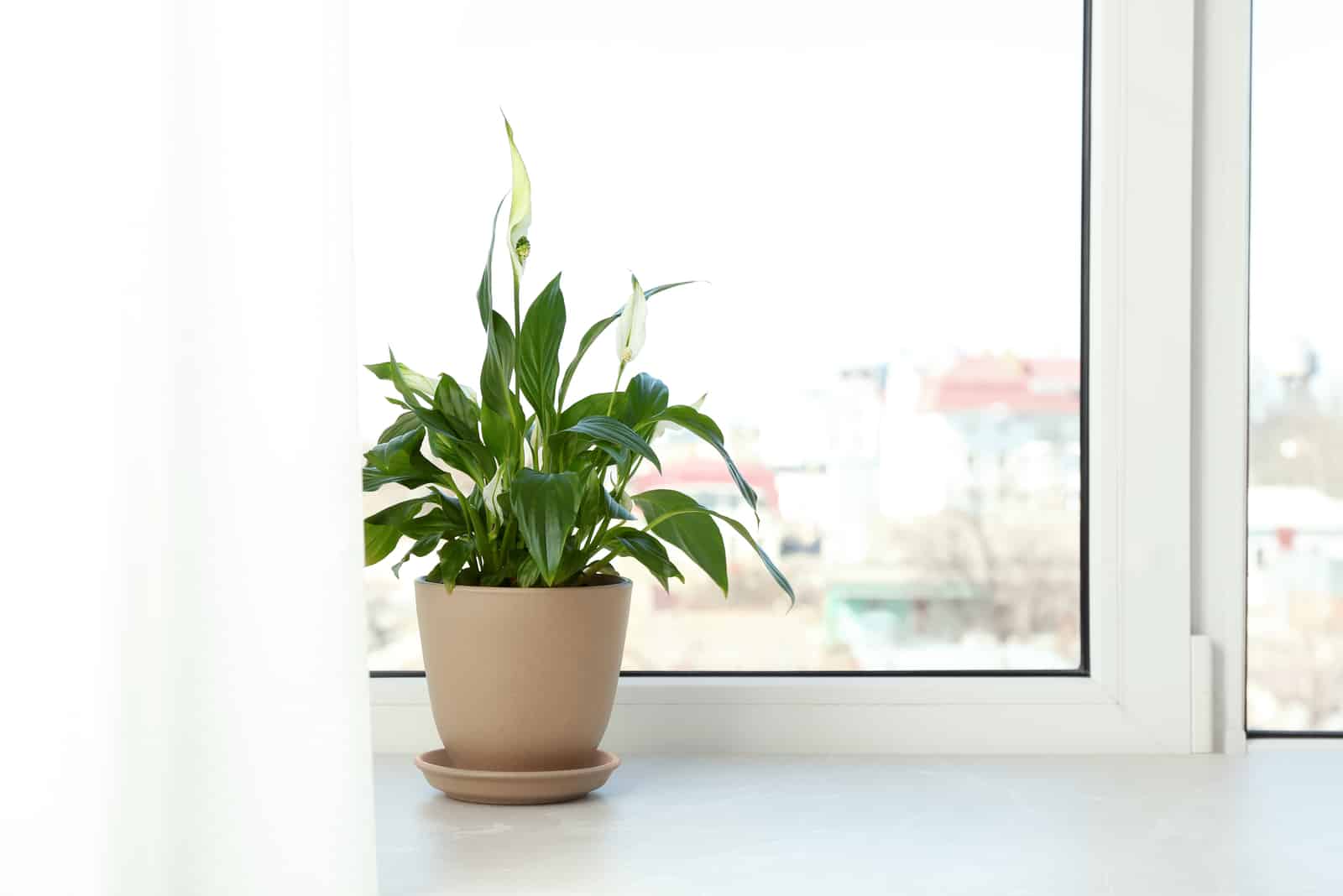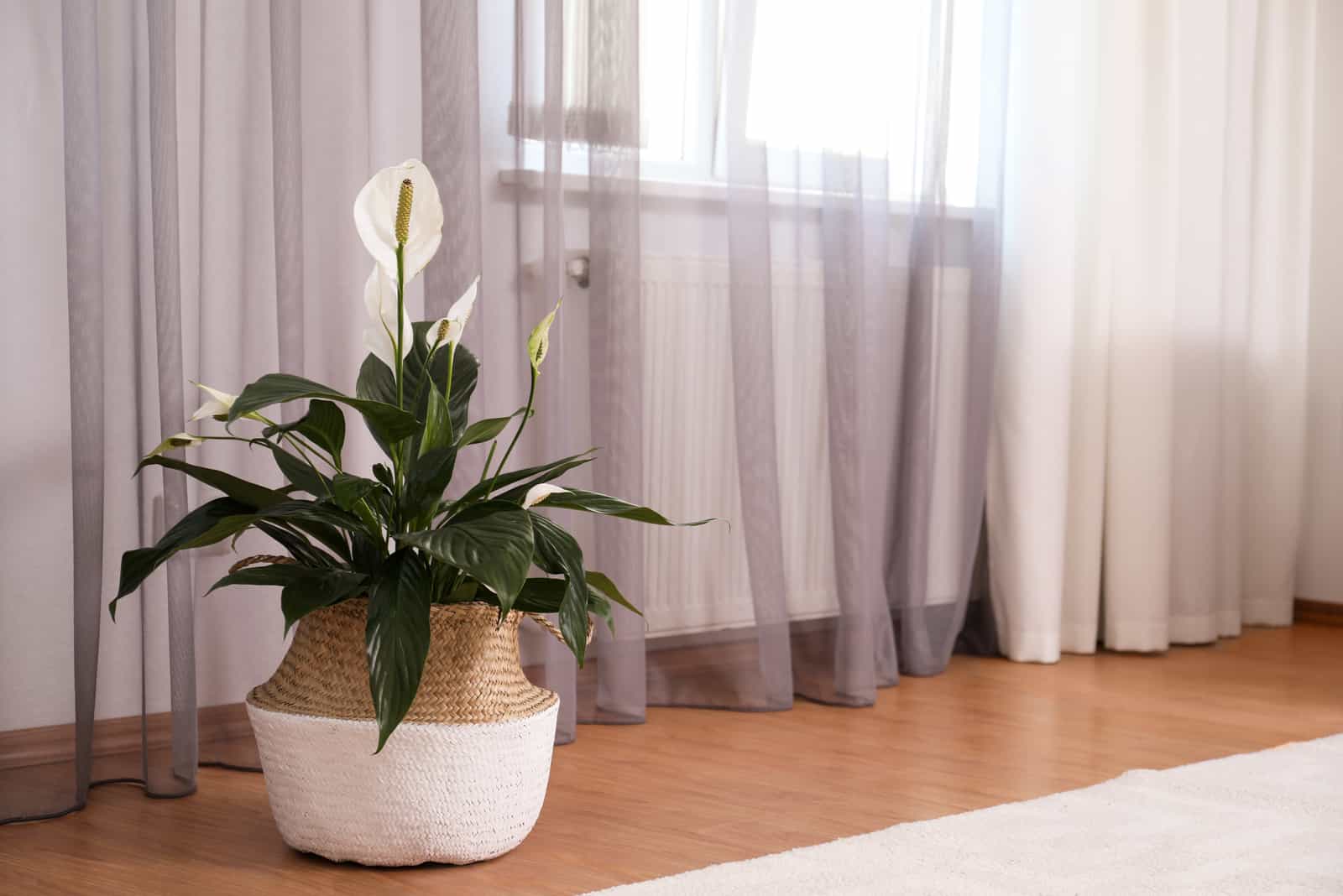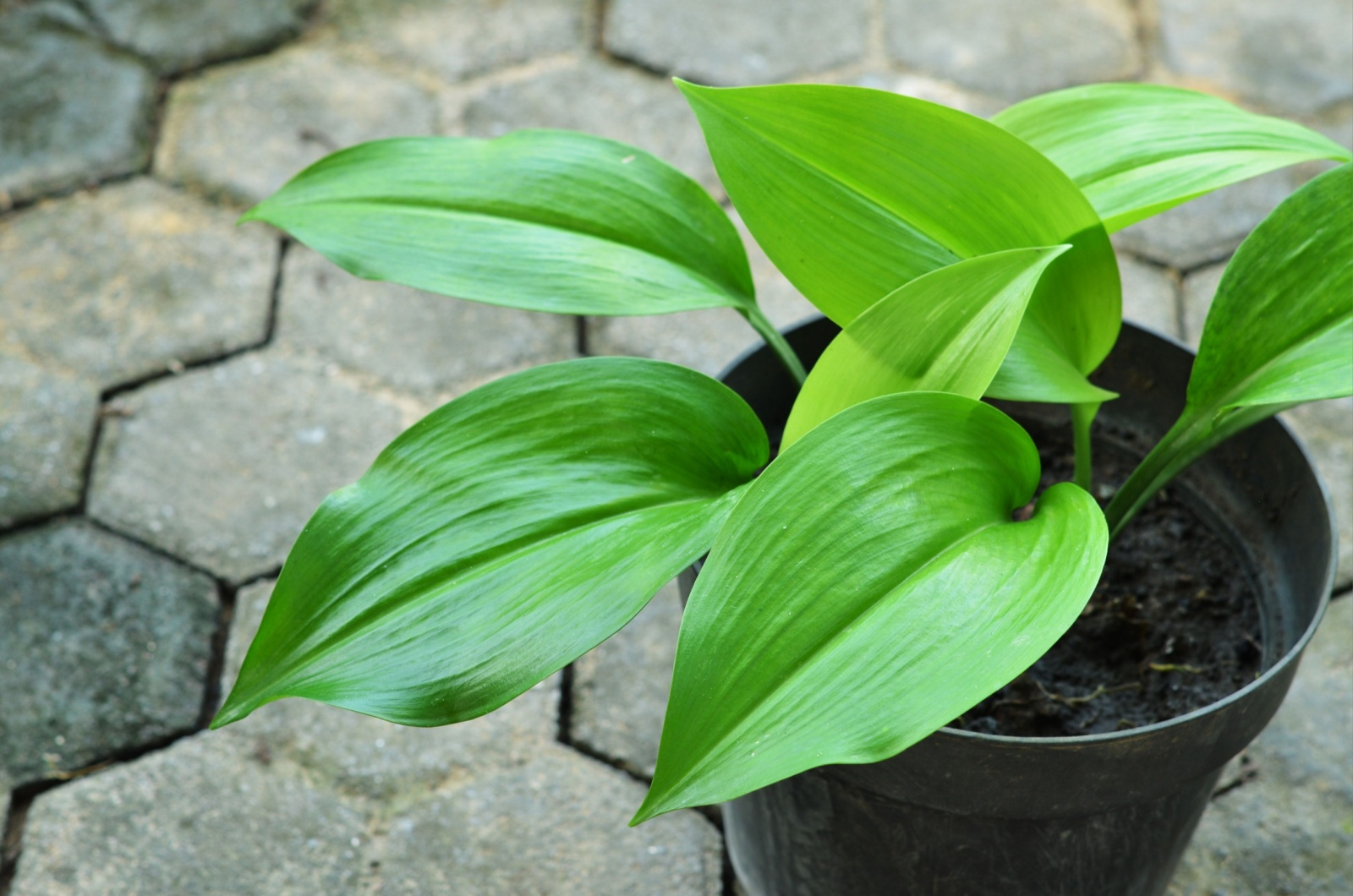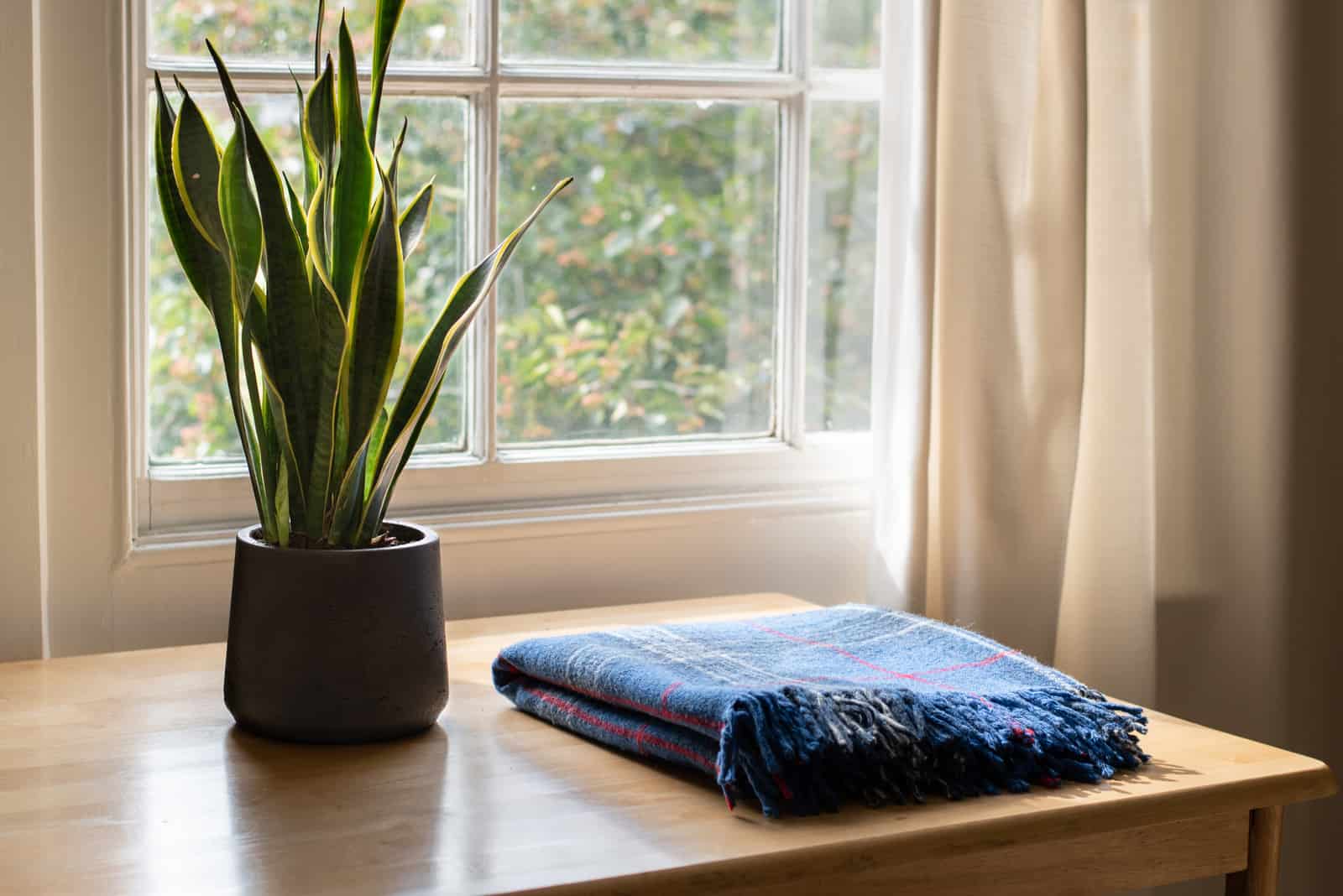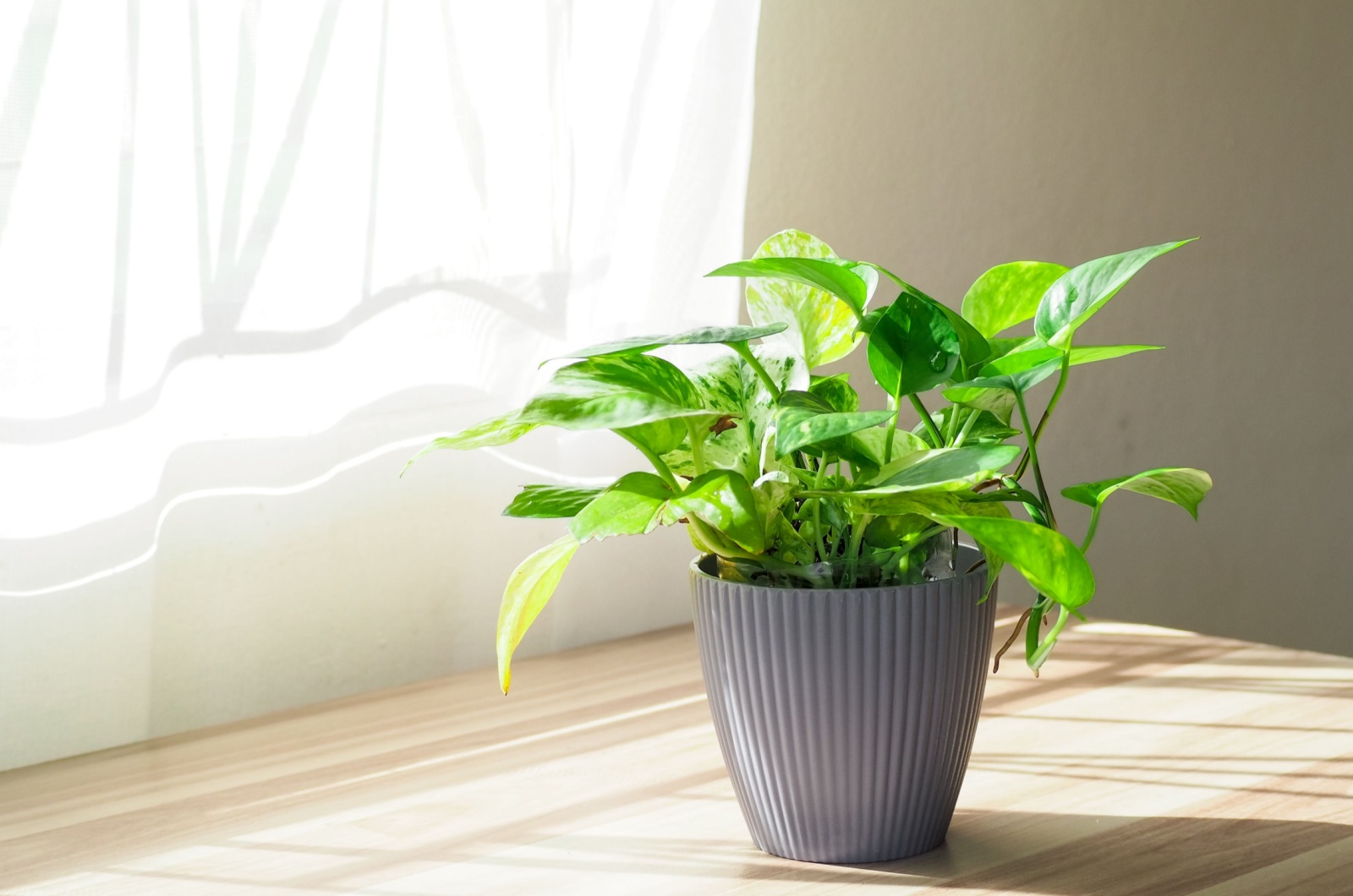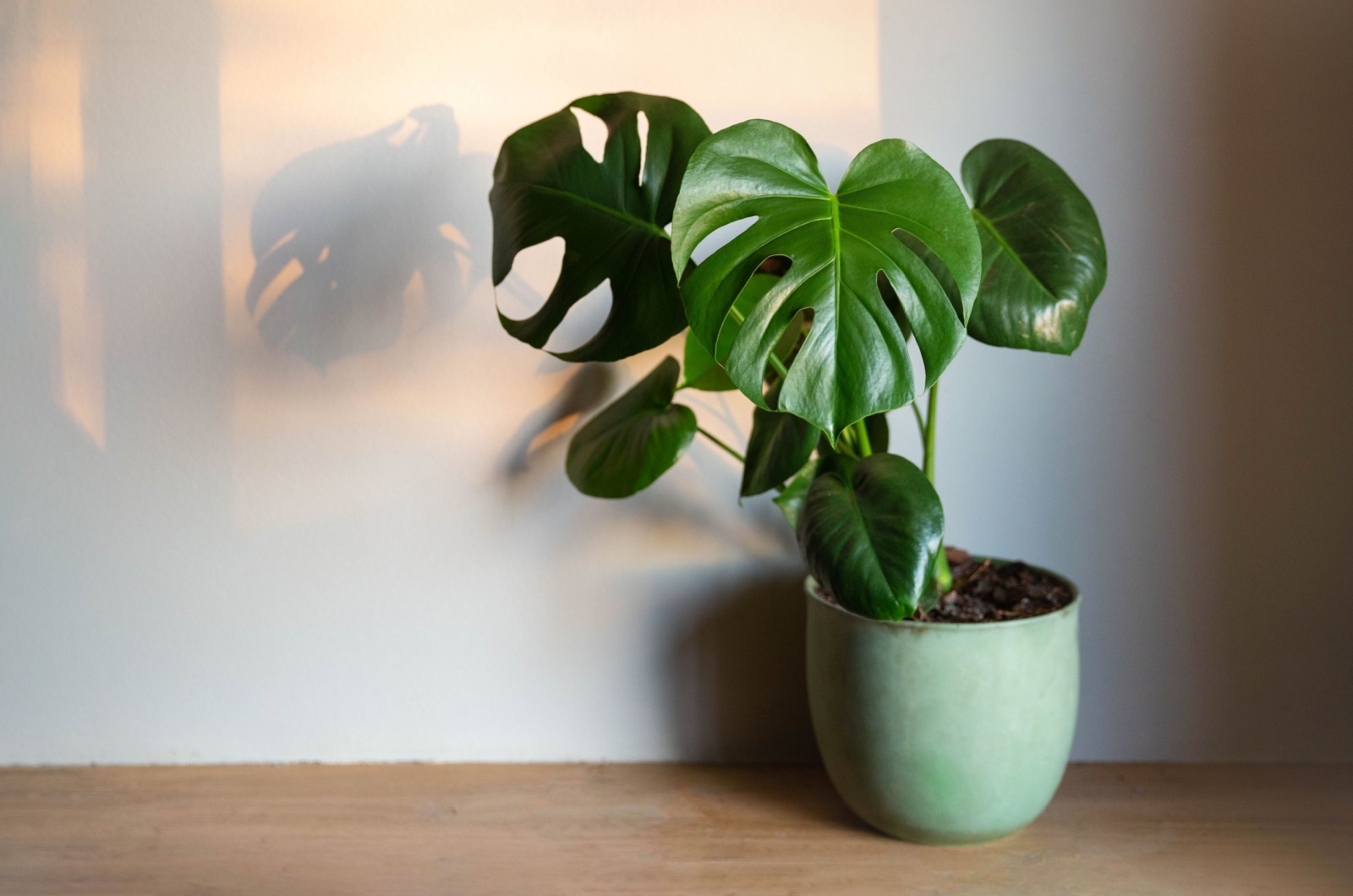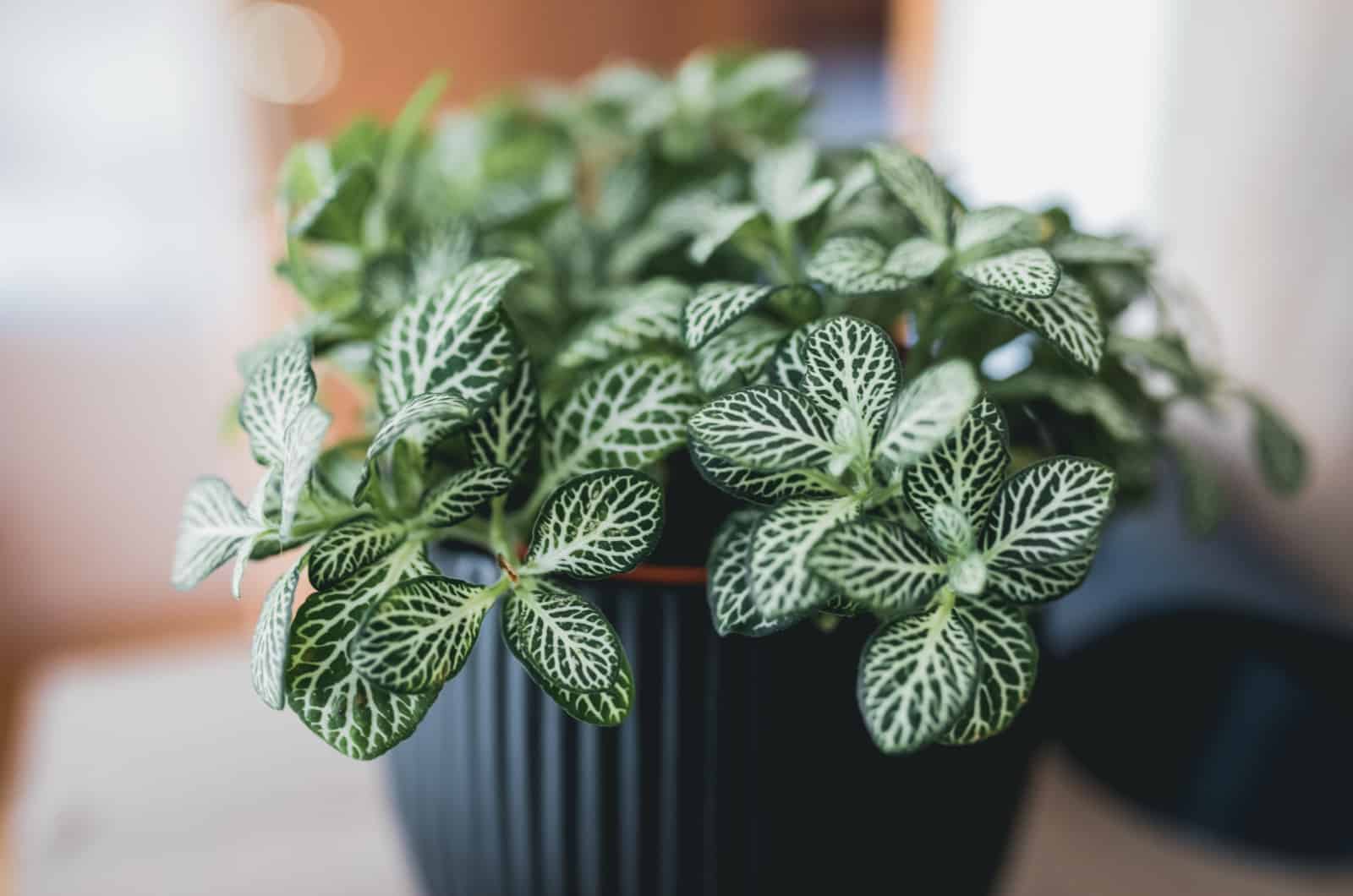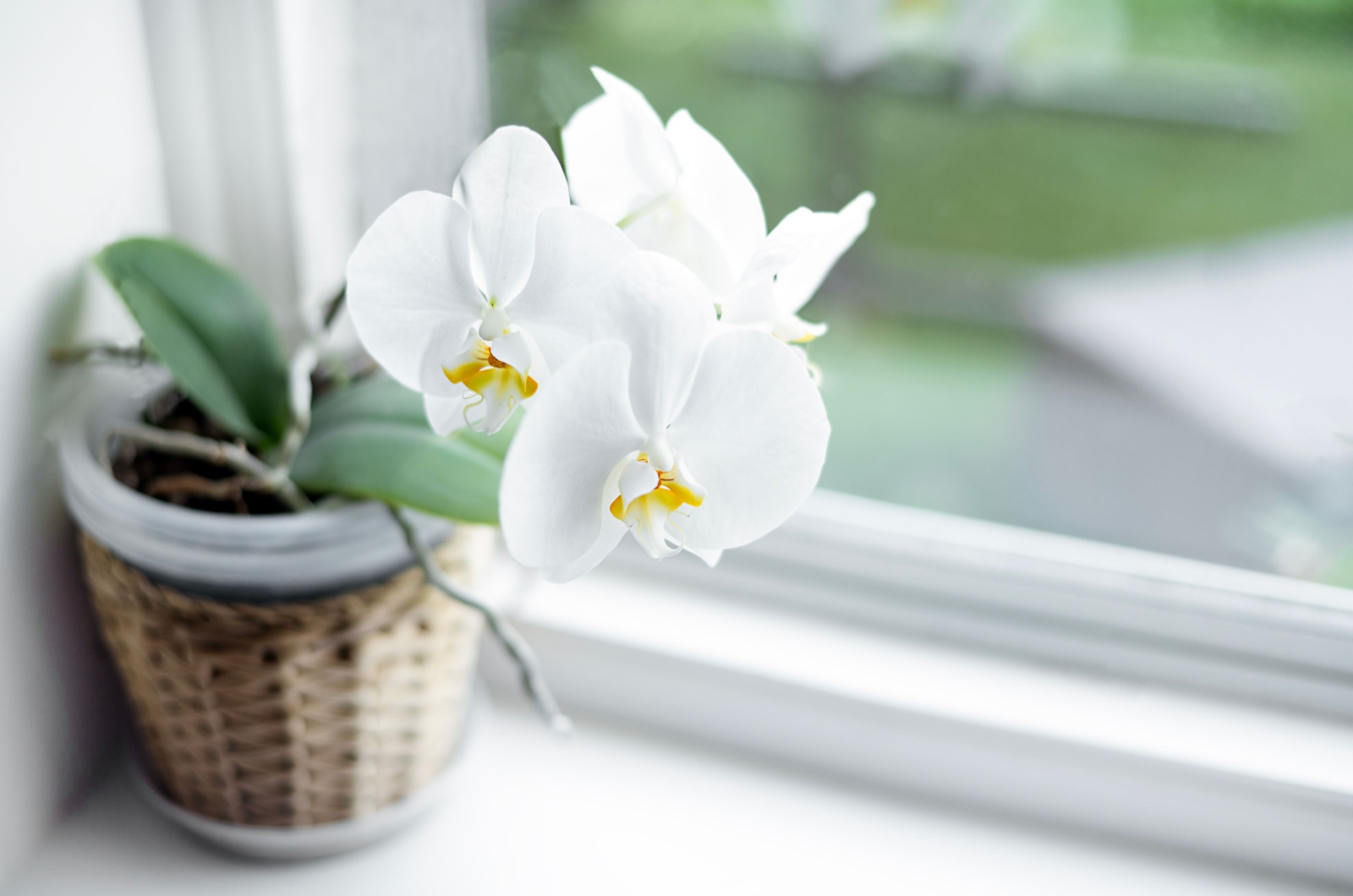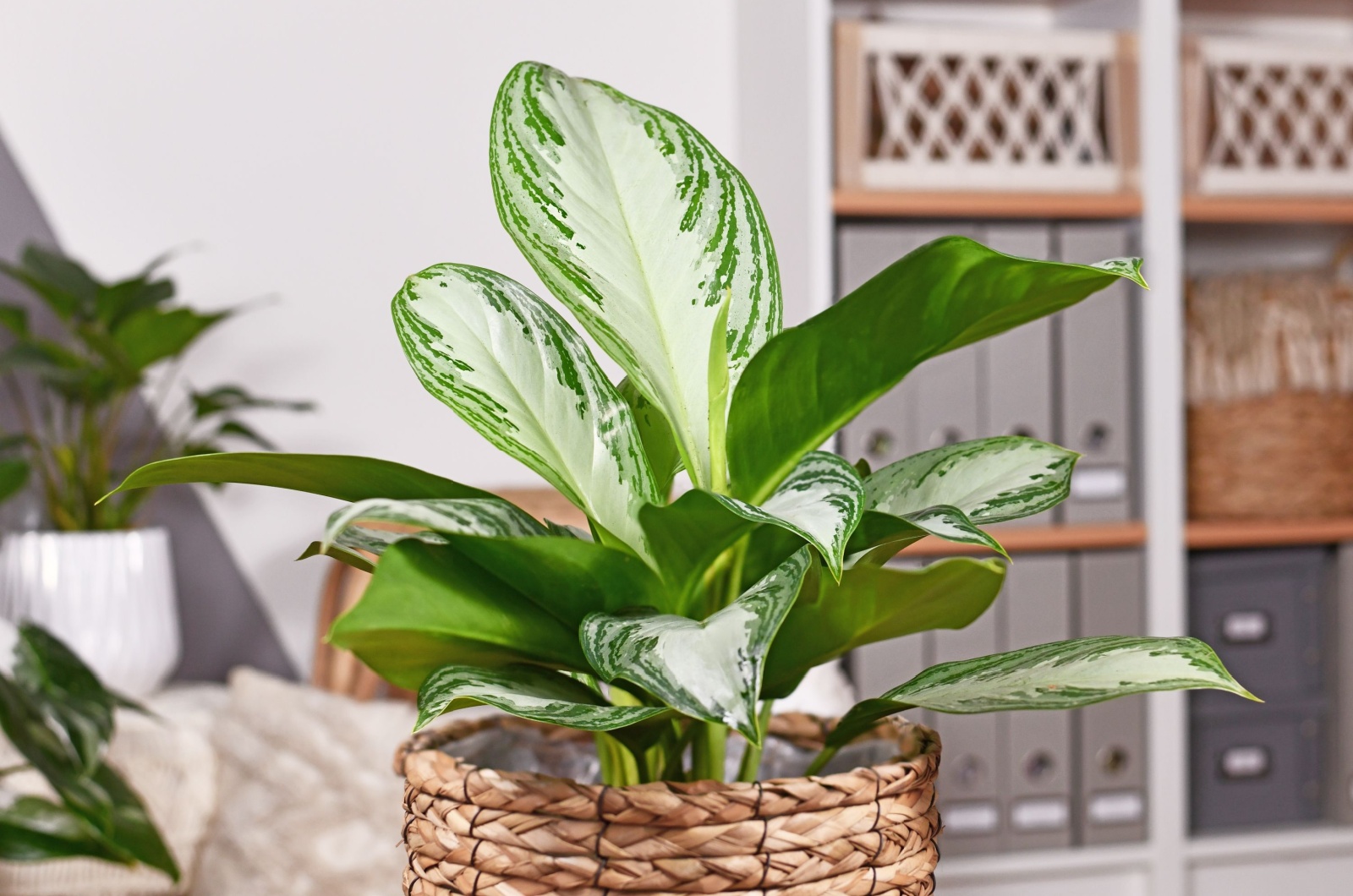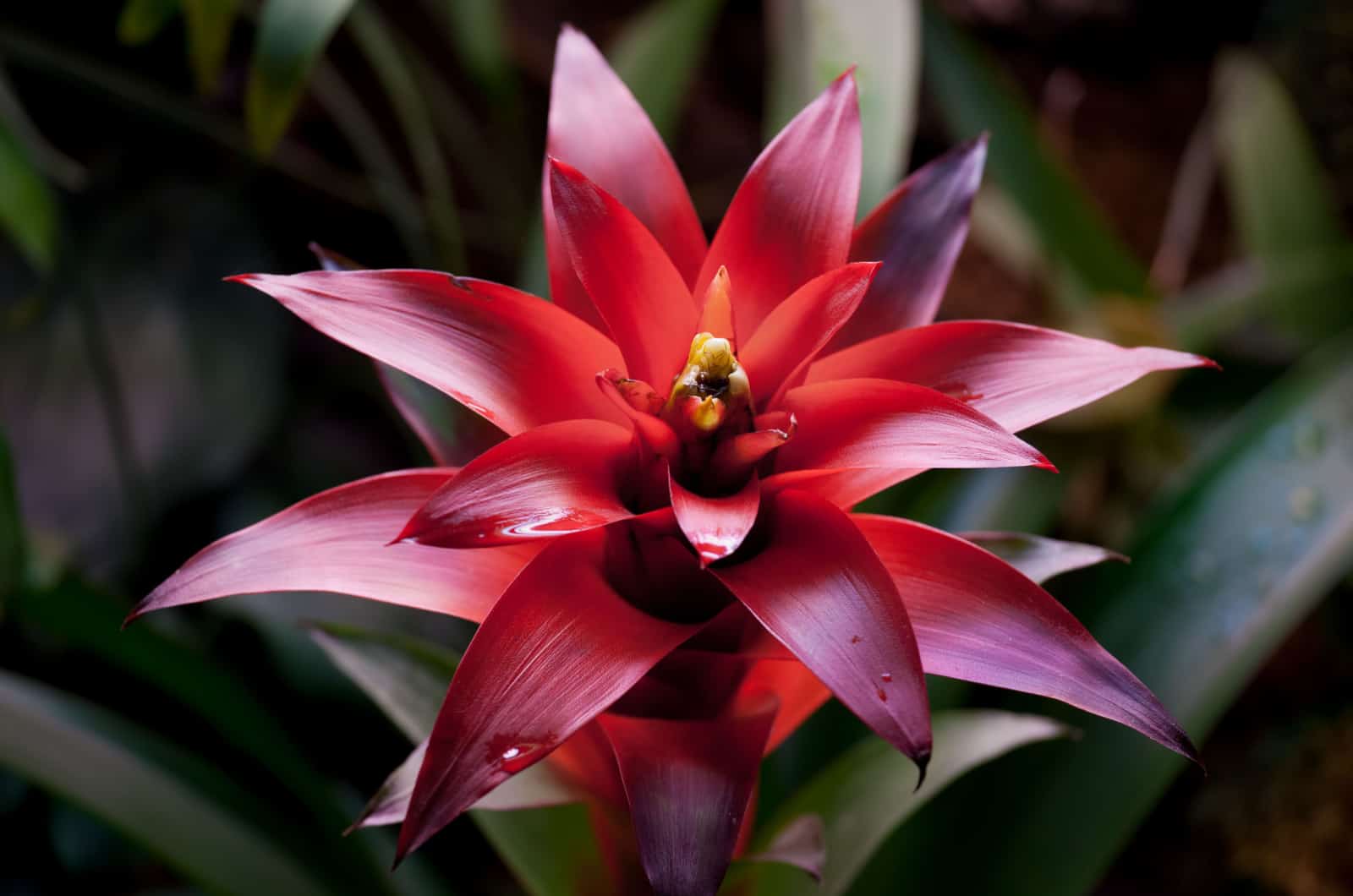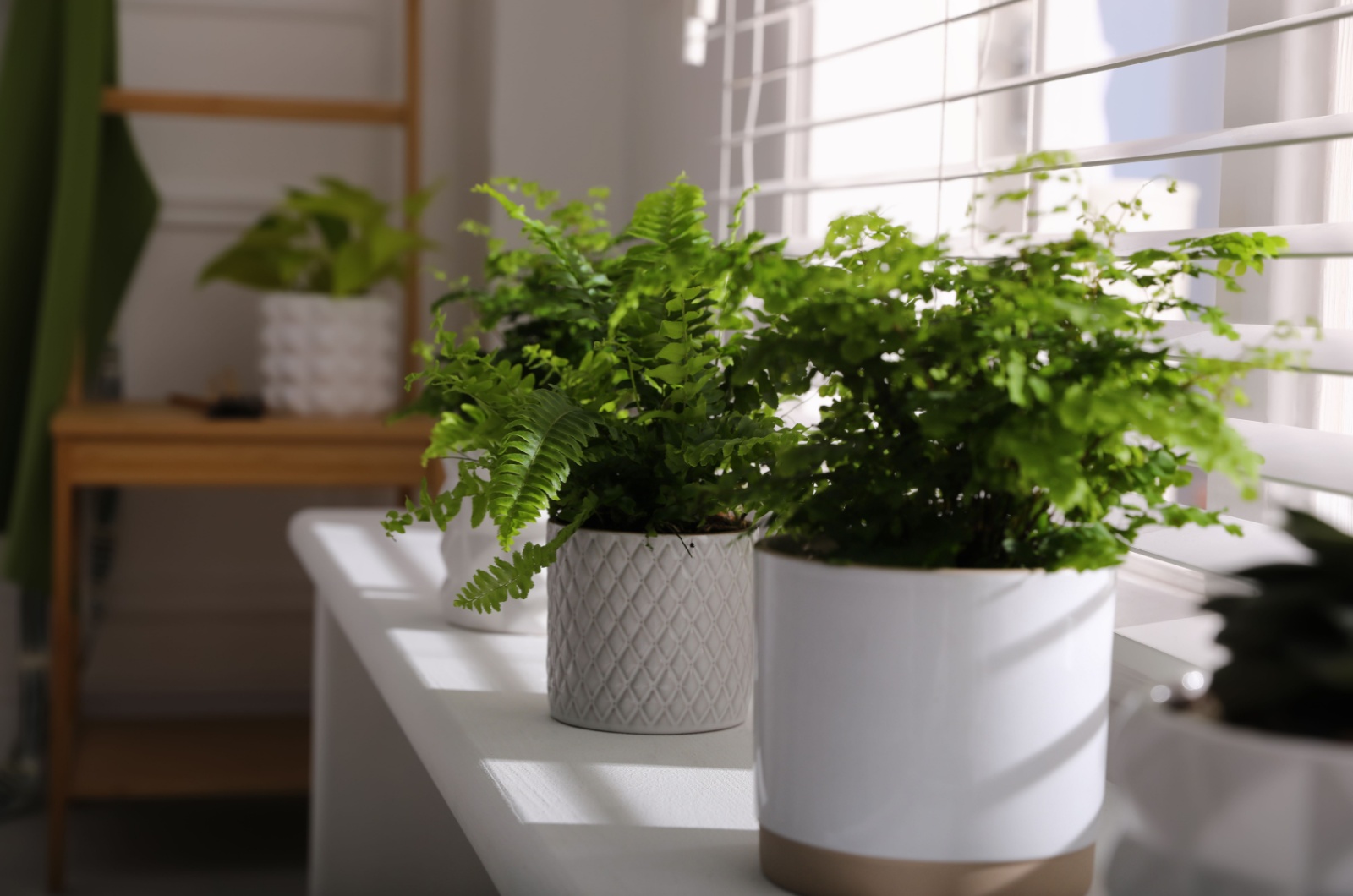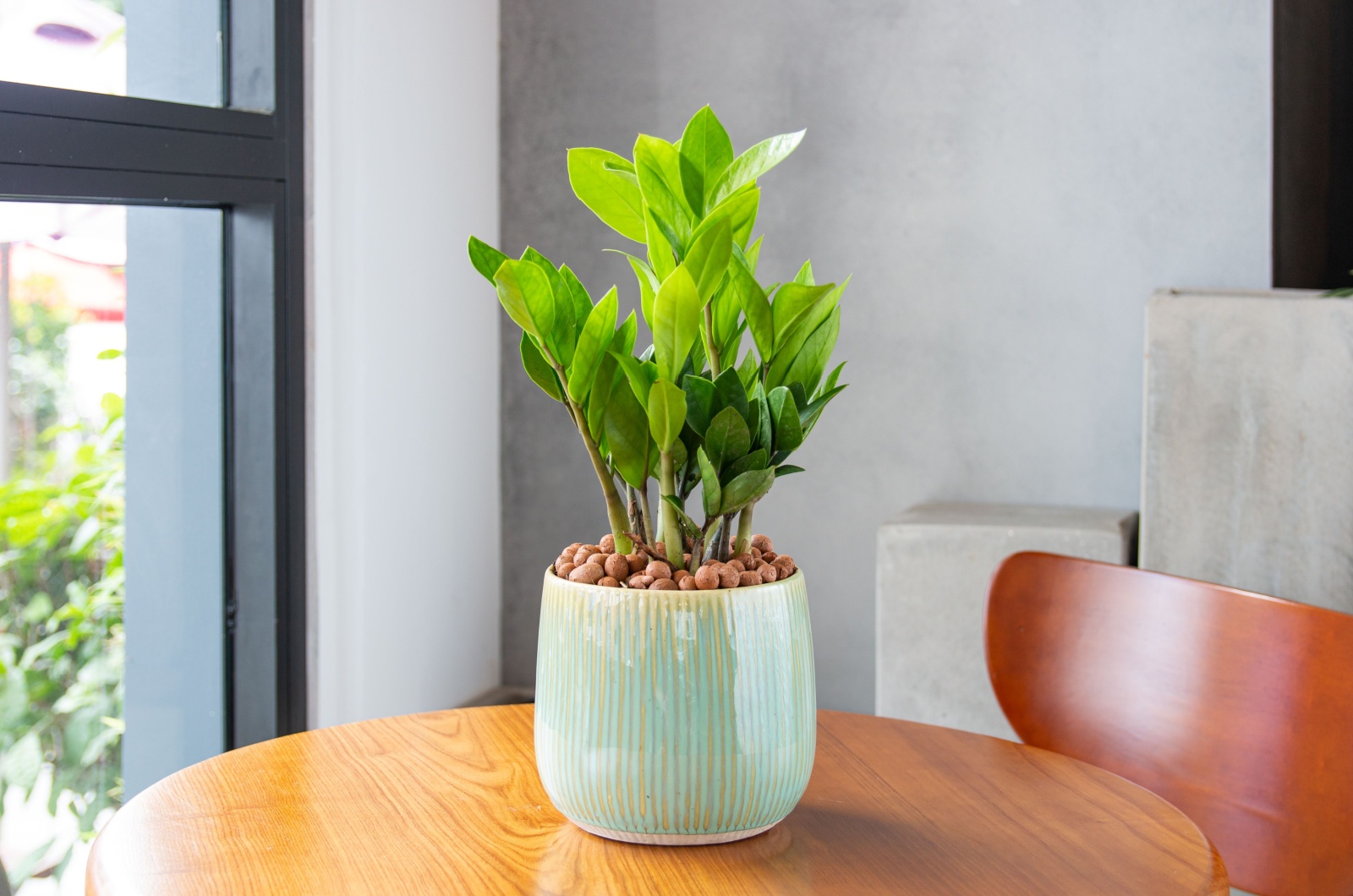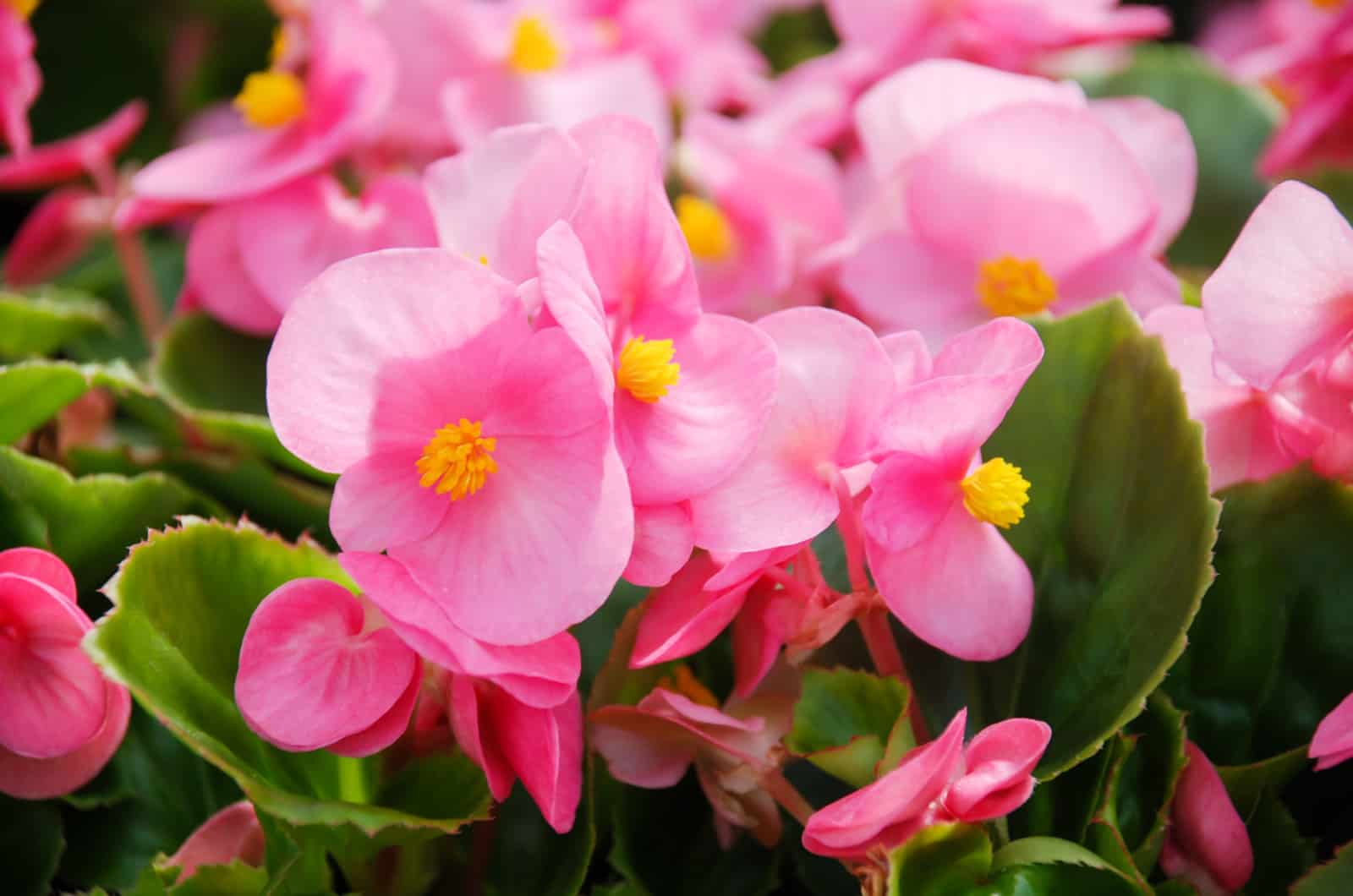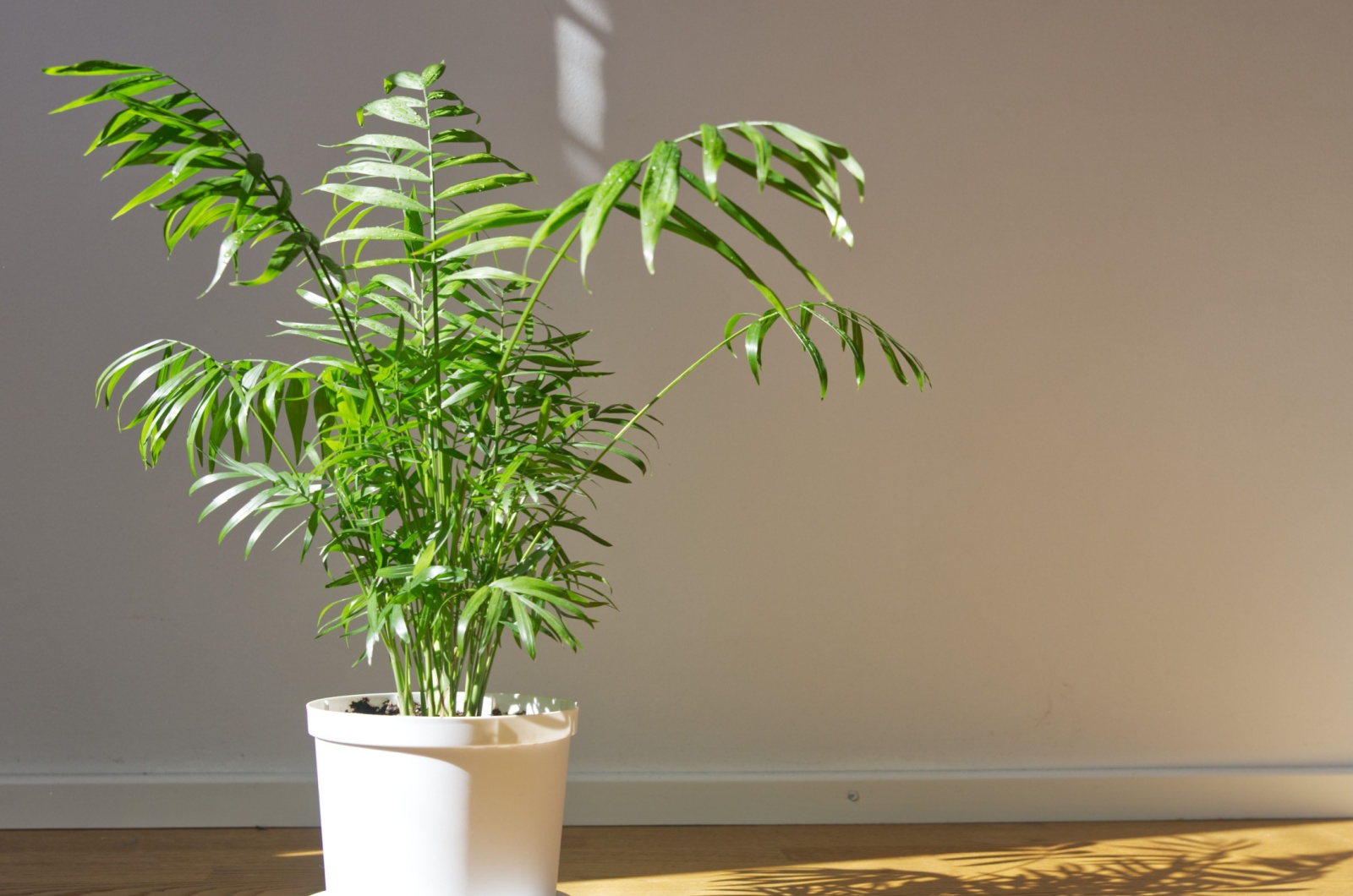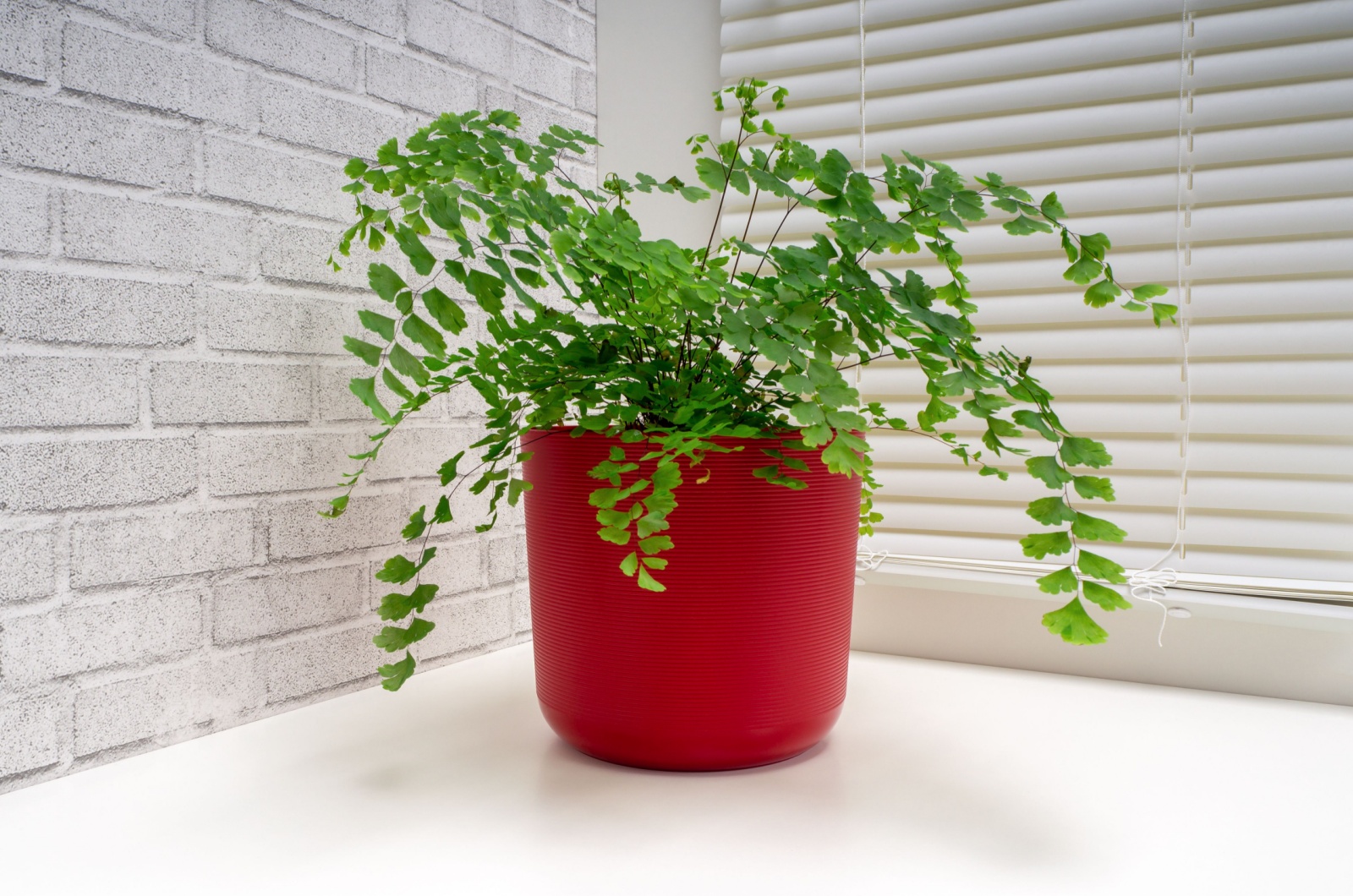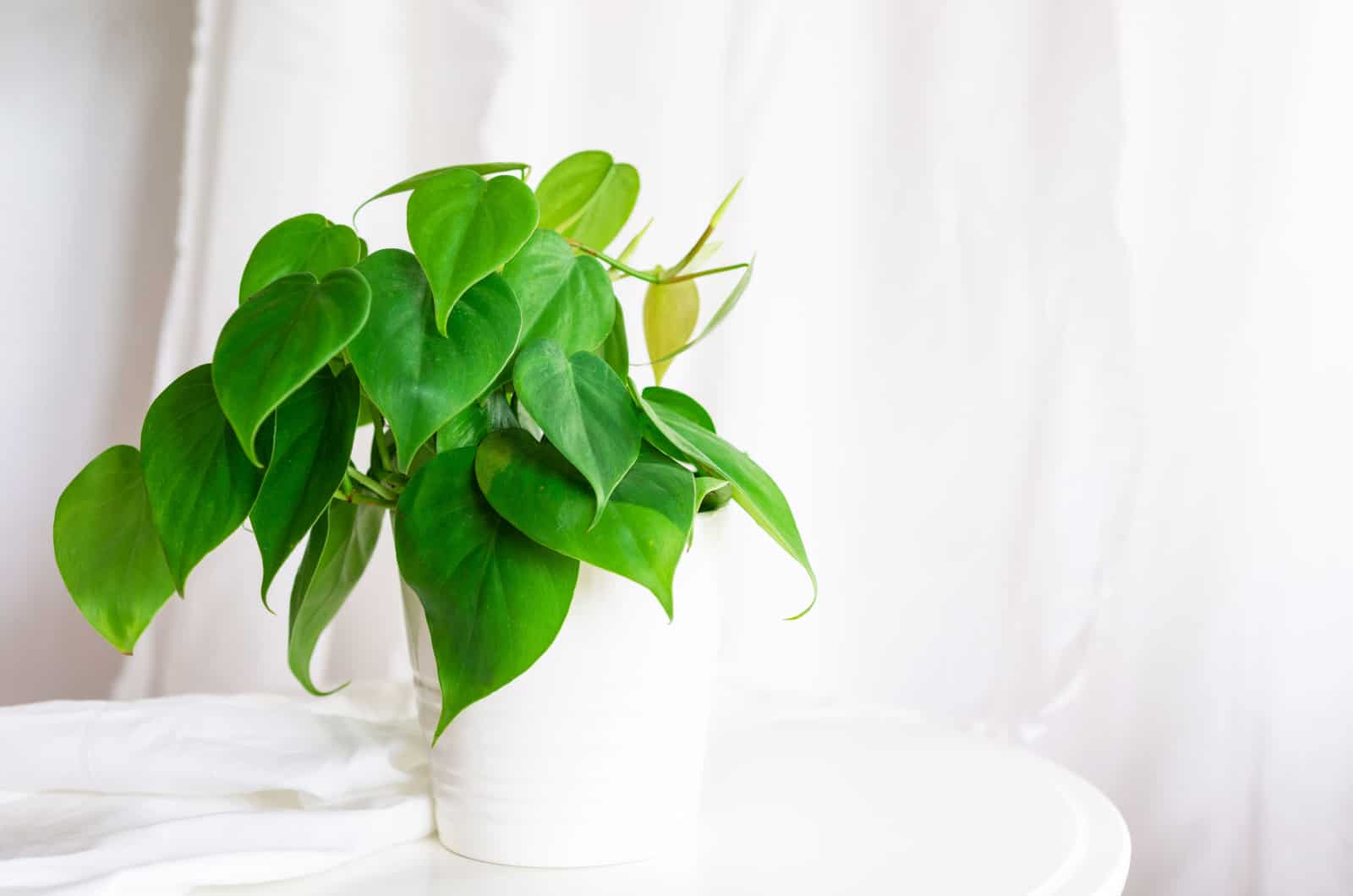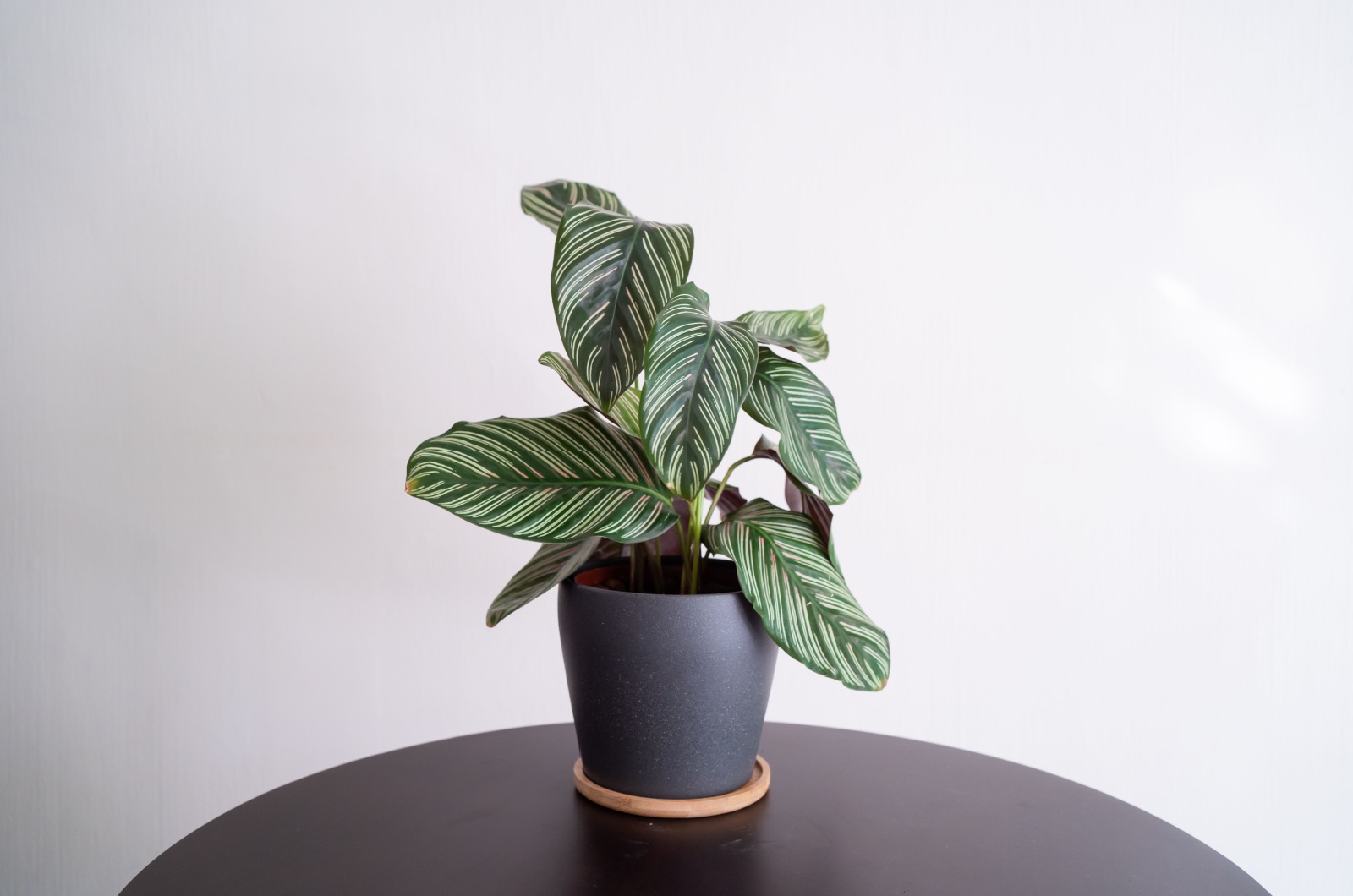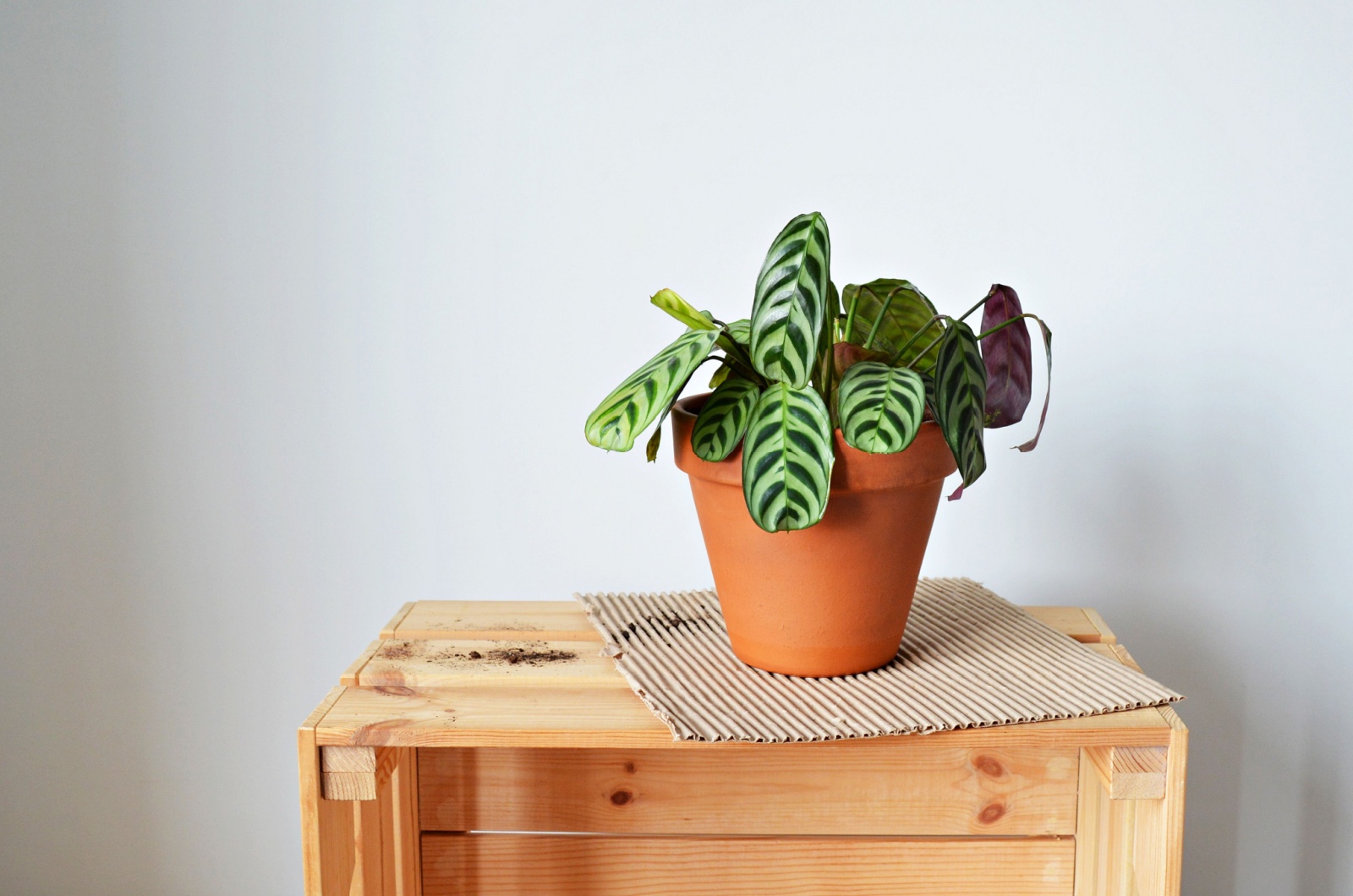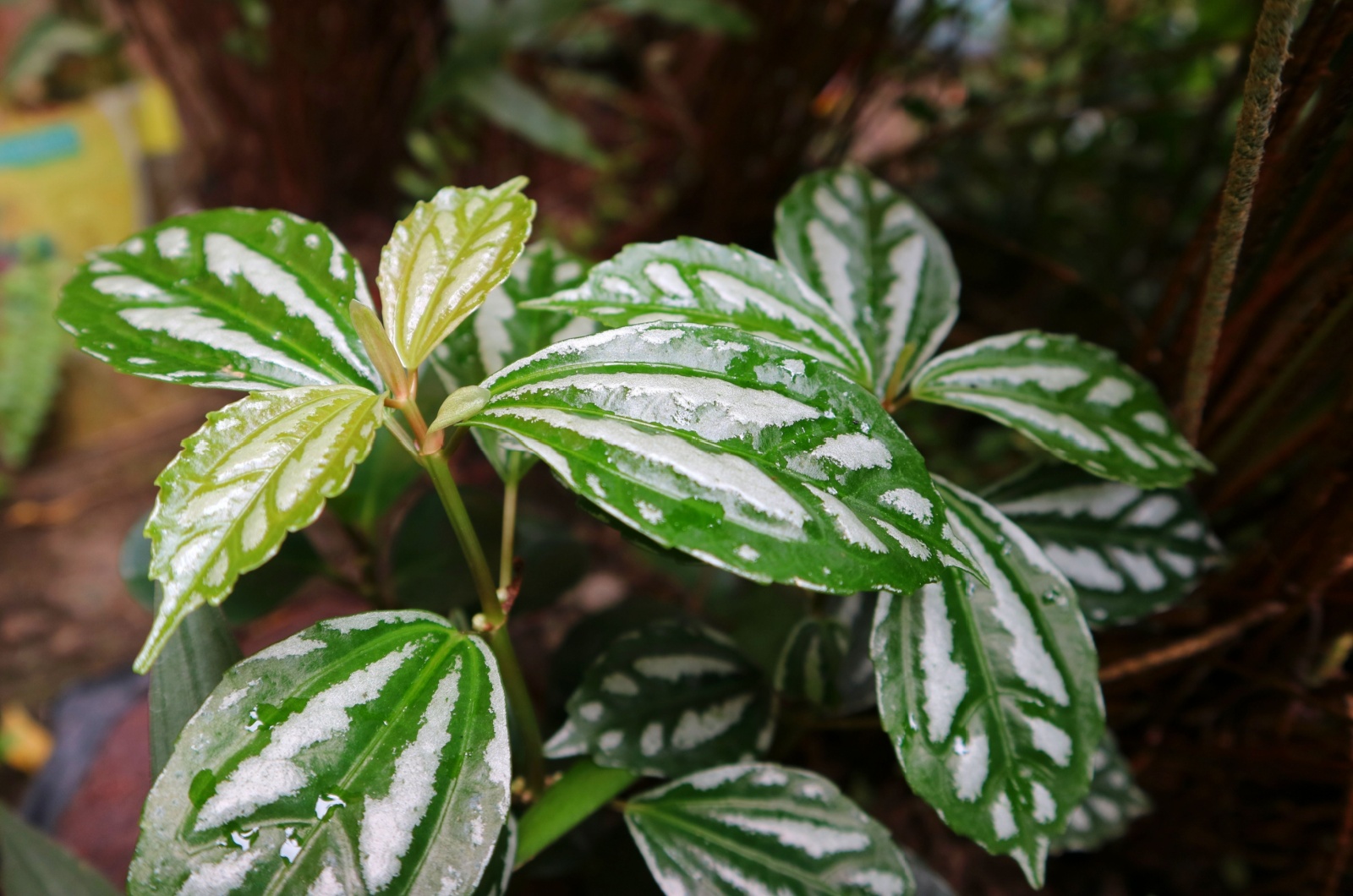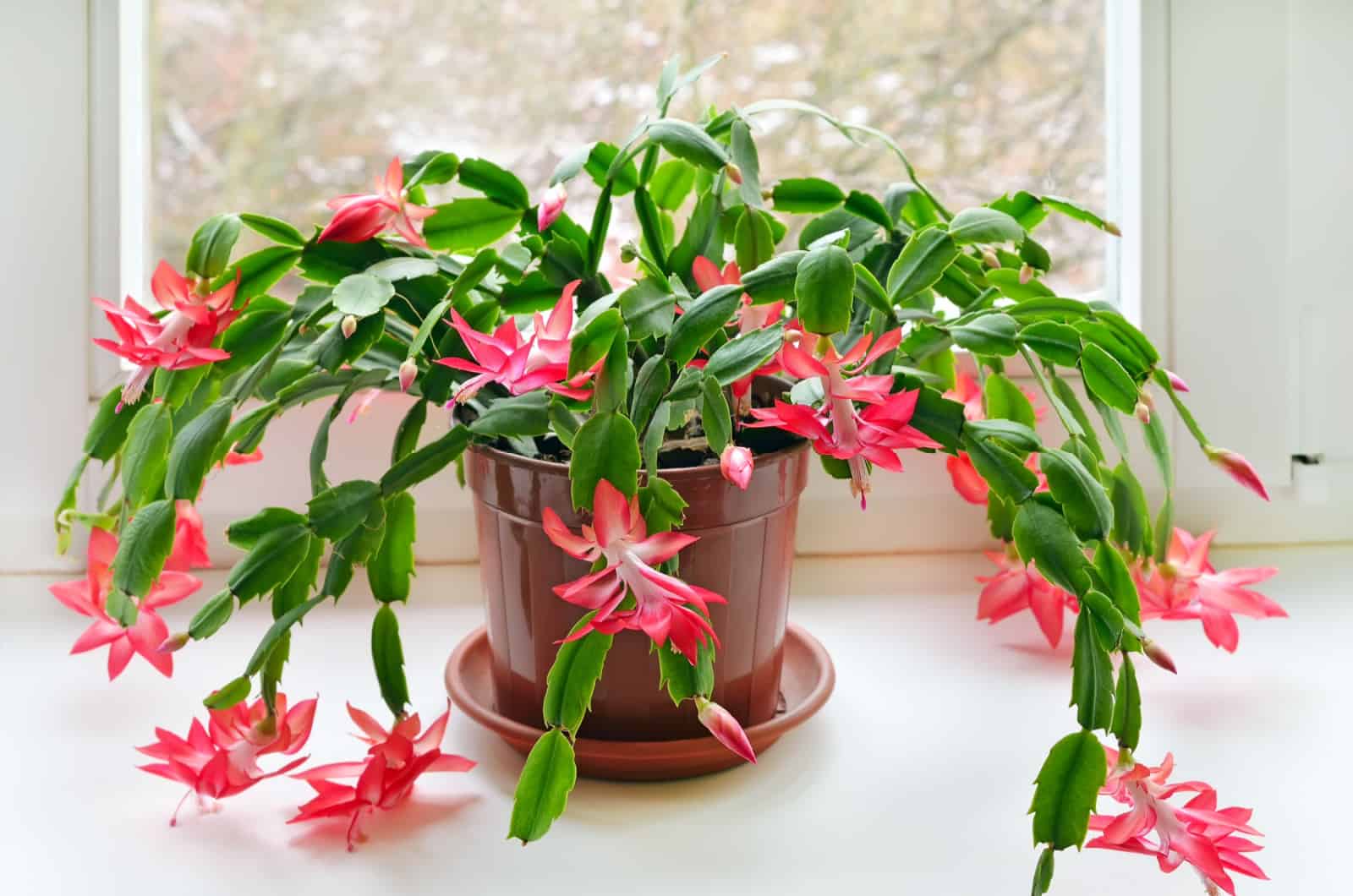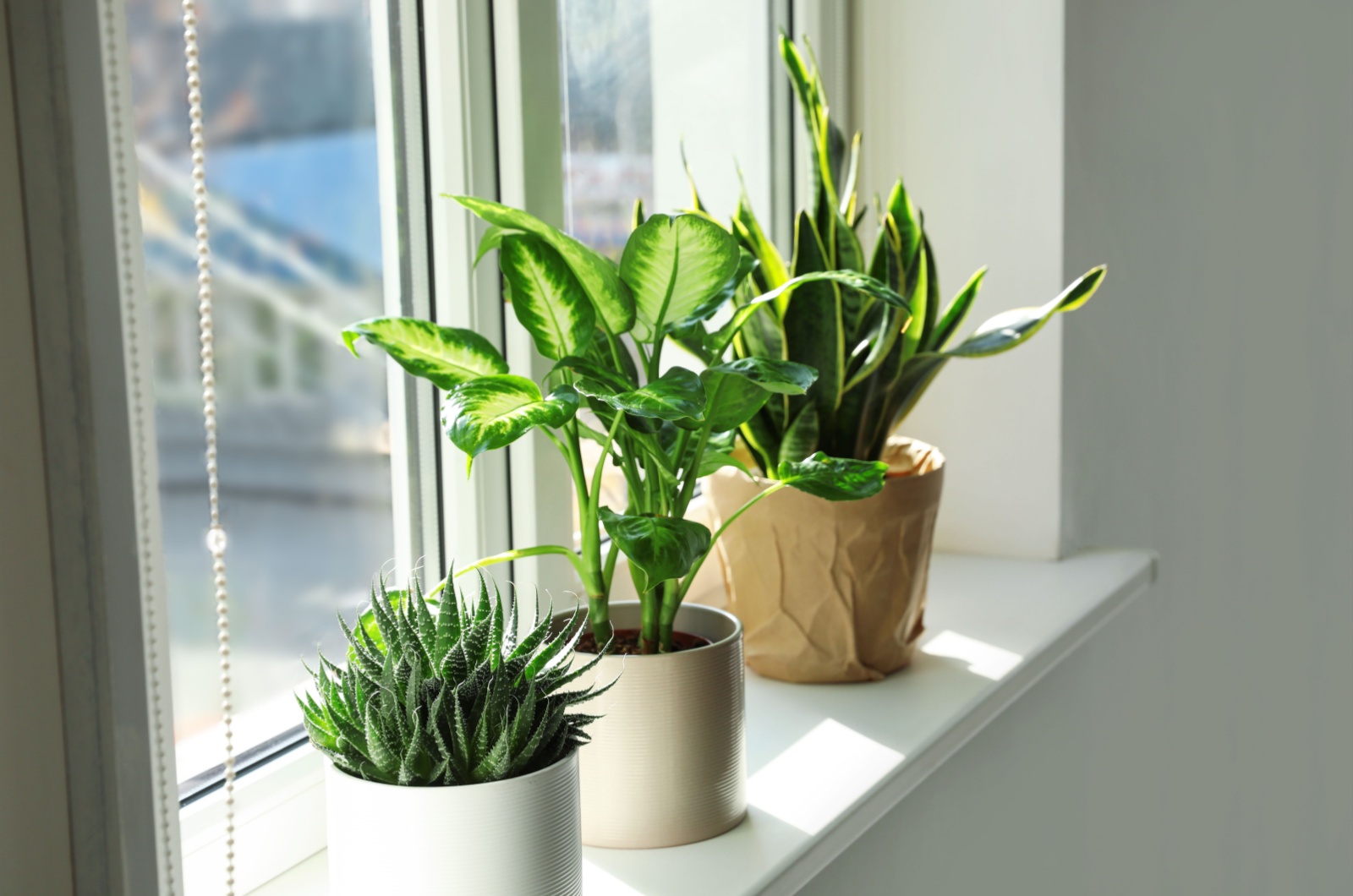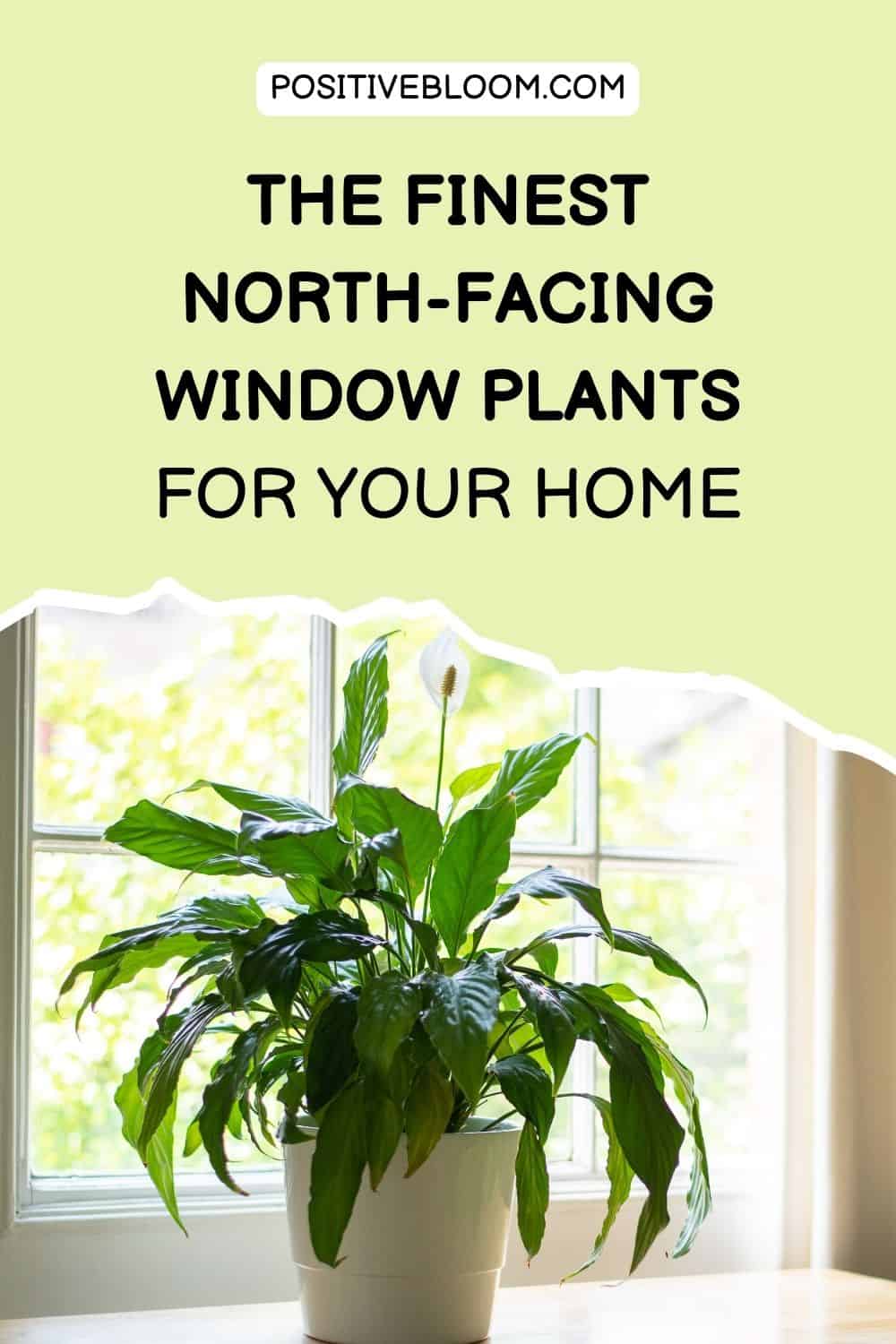Choosing a houseplant that adapts to low-light conditions can be quite difficult because most indoor plants require direct sunlight to grow and thrive. North-facing windows don’t receive any direct sun whatsoever, and they provide low to indirect light conditions during the day.
Luckily, there are some low-light plants that can grow perfectly fine in these settings. You can use these plants to fill out empty windowsills that are north-facing.
Don’t worry, you won’t end up with a bunch of unknown plants that look strange — you’d be surprised how many plants can actually endure low lighting, and these are the most popular plants as well.
So, if you want to know about some of the best north-facing window plants, keep reading!
Some of the best plants that are commonly grown indoors require partial shade to low light, which is why they are perfect for growing near a north-facing window. North facing windows don’t provide full sun exposure.
However, there are numerous flowering plants that can grow perfectly fine in these conditions as well. You can also find many low-light indoor hanging plants that are grown in hanging baskets.
Now, let’s dive right in!
1. Peace Lily (Spathiphyllum Wallisii)
The striking green-white flowers and magnificent green leaves of peace lilies fit perfectly into any home decor. Also known as Spathiphyllum Wallisii, these lilies are excellent indoor plants because they can grow in both mild and strong indirect sunlight. You should also make sure they receive adequate water for ideal growth and development because they require constantly moist soil.
However, there are other reasons you should grow this plant in your house. As well as symbolizing good luck and prosperity, they are also one of the best oxygen-producing plants and can significantly improve your indoor air quality!
2. Cast Iron Plant (Aspidistra Elatior)
Also known as the Aspidistra elatior, cast iron plants are hardy plants that can adapt to different environments. These are plants that can grow perfectly fine in offices with no windows!
They produce thick, deep-green foliage that looks absolutely stunning. Because of their size, these leaves should be regularly cleaned to prevent bugs from being drawn in by the dust.
Give them wet soil that drains nicely, and water it once the surface is fully dry. This plant doesn’t mind being kept in drafty environments at all!
They must be misted because they adore high humidity. You will only need to prune them once or twice during the growing season because they don’t grow quickly.
3. Spider Plant (Chlorophytum Comosum)
The Hen and Chicks plant, Spider ivy, Chlorophytum comosum, and the ribbon plant are some other names for the spider plant. It’s a beautiful way to incorporate more green into your life, and the sight of its white lines against a background of various shades of green is simply amazing.
Both hanging baskets and regular pots are suitable for growing it, but a hanging basket really brings out the best in the plant’s long, grass-like, arching leaves and quick-growing shoots.
Spider plants normally require bright indirect light, though they can take certain lower light levels as well. Water spider plants only when the topsoil is fully dry, and use distilled water rather than tap water. Use either loam, chalk, or sand for the soil, which should be moist and well-draining.
They can withstand temperatures as low as 35 degrees Fahrenheit, although humidity levels should be significantly greater. For this reason, I advise misting your spider plant.
If you are interested in getting a spider plant for your home, then check out all the Different Types Of Spider Plants & How To Grow Them.
4. Snake Plant (Dracaena Trifasciata)
Dracaena, or Sansevieria trifasciata, is sometimes referred to as the Mother-in-tongue law’s or the snake plant. It is a common houseplant today since it is so simple to maintain and propagate.
The tall, dark green leaves are an excellent way to spruce up your living space while also purifying the air. According to NASA, these plants serve as air purifiers because they can simultaneously create oxygen and absorb harmful contaminants from the air.
They are able to adjust to different lighting settings. However, placing them in bright indirect light will enable them to grow more quickly.
Allow the soil to dry out before watering again, and fertilize three times during the growing season.
5. Golden Pothos (Epipremnum Aureum)
The Golden Pothos is a low-maintenance flowering plant with pointed leaves and a distinctive yellow pattern. It is also known as Devil’s Ivy or the Epipremnum aureum.
It is typically grown as a hanging plant to make rooms look more lively. The golden pothos plant is a symbol of luck and wealth.
When it comes to Devil’s Ivy plant care, it should be kept in indirect light since direct sunlight can easily damage its lovely leaves. It is an excellent plant for someone who frequently forgets to water their plants because it only needs watering every two weeks so the soil can dry out.
6. Monstera Deliciosa (Swiss Cheese Plant)
If you are into tropical decor, then you are definitely going to love the large leaves with patches of the monstera deliciosa. The name “Swiss Cheese money plant” comes from these leaf patches that resemble Swiss cheese. This common houseplant is reputed to attract good fortune and energy. Because its leaves are toxic, keep them out of reach of pets and in indirect or filtered sunlight.
When it comes to plant care, these tropical plants require bright indirect light. You should water them regularly, but make sure to avoid overwatering as it can lead to Monstera root rot, which is a deadly fungal disease that can completely ruin your plant.
They also thrive in a humid environment, so you should make sure that the humidity is relatively high. These plants need well-draining soil that is rich in nutrients, so you should fertilize them monthly during the growing season.
7. Nerve Plant (Fittonia)
This plant produces dark green leaves with colorful veins, which can be pink, green, white, or silver depending on the variety. Since these little veins look like tiny nerves, this plant got the name “Nerve plant”.
You would be surprised by the conditions that these plants enjoy. For instance, they thrive in very hot and humid conditions with just a small amount of light. They prefer partial shade or indirect light, so keeping them near north-facing windows makes total sense.
Due to the growing conditions they prefer, you can easily grow these plants in closed terrariums.
8. Moth Orchid (Phalaenopsis)
One of the most exquisite plants you can grow in your house is an orchid, without a doubt. If you give them everything they require, they can bloom all year long. They also come in a variety of colors, including yellow, pink, variegated, blue, white, and red – and you might even spot a black orchid!
These are plants that can also be grown near east-facing windows since they enjoy the morning sun, though they will grow perfectly fine in north-facing windows as well.
Plant them in an orchid potting mix and fertilize them with orchid fertilizer as directed on the packet.
9. Chinese Evergreen (Aglaonema)
The famous Chinese Evergreen plant can adapt to various conditions, which is why it is loved by many growers. Aglaonema species come in many varieties, but the most popular ones have red, pink, and silver leaves.
If you have a tendency to forget to water your plants, you’ll be glad to hear that these plants may endure some drought conditions and grow in low light and dry air.
Water this plant at least once a week if the humidity is extremely low. Although it can endure dry air, it thrives best in a humid environment. Your Aglaonema will grow even without fertilization, but you can hasten this process by applying only half as much fertilizer.
10. Bromeliads
Bromeliads are plants similar to spider plants. They are unique plants that produce lovely flowers. Although there are more hues available, orange, red, pink, and white are the most prevalent. A lively and colorful living space can be achieved by growing many bromeliads!
They have the ability to develop and even bloom when exposed to artificial light, which is uncommon for low-light indoor plants.
These plants can endure droughts and go without water for a period. When the soil’s top layers have dried out, you should still give them some water.
Bromeliads shouldn’t be grown in metal containers because they are extremely sensitive to metal and would struggle to grow and bloom.
They can also be easily propagated; simply separate the puppies and plant each one in a pot of well-draining soil.
11. Boston Fern (Nephrolepis Exaltata)
The Boston fern is another plant that can be grown near a north-facing window. The intriguing fronds of this fern look stunning in hanging pots or other locations where they are allowed to fall naturally.
Their light green color exudes serenity and calms any tension or anxious feelings you may be experiencing. They also assist you with any breathing issues you may have because they take in harmful airborne particles.
If your northern windowsill doesn’t have much room, don’t worry; the Boston fern looks fantastic in both hanging baskets and normal pots.
Provide them with good drainage, fertilize them once a month, and water them once the topsoil has dried out.
12. Zamioculcas Zamiifolia (ZZ Plant)
The Zamioculcas zamiifolia, also known as Zanzibar gems, Zuzu plants, or ZZ plants, are among the most resilient succulents and are perfect for beginner gardeners. The ZZ plant thrives in low-light conditions and has compact, tiny, green leaves that are high in the green pigment chlorophyll.
They will grow more slowly than the rest of your indoor plants because they don’t need as much light or water, so you won’t need to bother about trimming or repotting them. You only need to fertilize twice a year and occasionally water to make them happy and healthy!
13. Begonia
Begonias are flowering plants that produce lovely and colorful flowers. It is quite easy to cultivate both indoors and outdoors. The soil pH should always be between 5.5 and 6.5 — they need this level so they can absorb nutrients properly.
Additionally, this plant needs good drainage because it is prone to root rot. Always incorporate perlite, peat moss, and vermiculite into the potting soil so that any additional water can drain away.
It thrives in many light conditions – from indirect natural light and shade to full sun, and blooms most thickly and elegantly in the morning and in shadow in the afternoon. These plants cannot stand direct light, so growing them near a north-facing window in filtered light is perfect.
The Rex Begonia has amazing dark red to purple leaves, ideal for those who have darker room decor.
14. Parlor Palm (Chamaedorea Elegans)
This plant’s green fronds, thin stems, and bushy growth make it perfect for various interior styles. This tropical plant is also ideal for beginners because it doesn’t require much maintenance.
It needs loose, well-draining soil and to be watered every other week depending on how rapidly the soil dries out. It can tolerate both shade and indirect sunlight.
You only need to feed the Parlor palm once a month with a general houseplant fertilizer because it can survive average household humidity.
15. Maidenhair Fern (Adiantum Raddianum)
The Maidenhair Fern produces ferns that are quite tiny and grow in a fan-like shape. This fern grows on rocks next to waterfalls in South Africa’s tropical regions. They are challenging to grow since they demand high humidity levels.
The trickiest feature in the care guide is the lighting conditions, as it prefers a lot of light. However, if the sun’s rays hit their lovely fronds they swiftly burn.
Therefore, you must find a location where this fern receives enough bright indirect light while being shielded from the sun. However, this fern doesn’t enjoy low-light settings either. If you can’t find the perfect location, you can always invest in some grow or fluorescent lights to keep them thriving!
Add drainage materials so that the soil can drain effectively (perlite or pumice), but make sure the soil is always damp! The simplest method to do this is to add things that help retain water, such as peat moss.
16. Heart-leaf Philodendron (Philodendron Hederaceum)
Due to its heart-shaped leaves and vibrant green color, the Heart-leaf philodendron is one of the most attractive varieties of philodendrons. Still, you can also choose from other vining or upright species such as the Horsehead Philodendron.
You can grow philodendrons next to north-facing windows because they require enough light to maintain their natural shade. Plant them in an aroid soil mixture that is rich in nutrients and has good drainage and aeration, then fertilize them with a fertilizer made specifically for leafy plants.
Water these plants once the top few inches of the soil have dried out, and make sure that you fertilize them once a month during the growing season. Please note that these plants contain toxic calcium oxalates that can harm you and your pets. Keep them out of reach and wear gloves when propagating, repotting, or pruning.
17. Calathea Ornata (Pinstripe Calathea)
Zebra, Pinstripe, and Cathedral plant are just a few of the Calathea Ornata’s common names, and they are also known as prayer-plants since they belong to the Marantaceae family.
This plant is native to tropical areas of Africa, Thailand, and Central and South America. In the right circumstances, it can expand to a size of roughly 2 feet broad and tall, making it ideal for home décor.
Oval-shaped leaves with vivid pink stripes that contrast with the dark green backdrop are another characteristic of this plant that undoubtedly contributes to its aesthetics. The leaves have a purple hue on the underside.
These plants will flourish in warm, humid climates because they are tropical species. Typically, the easiest method to care for any plant is by mimicking its natural habitat. The Pinstripe Calathea can withstand low light levels but prefers bright indirect light. It would be ideal to position it close to a window that receives little to no direct sunlight during the day.
18. Never-never Plant (Ctenanthe)
This plant often gets mistaken for a Calathea, though it is never-never a Calathea species! This unusual plant stays low on the ground, produces large light green leaves with dark green stripes all over the surface, and has a stem with a dark purple color.
They are considered relatively hardy compared to other tropical plants. They can even withstand a sudden drop in temperatures, which is highly unusual for most tropical beauties. These plants also require humid environments and indirect light, which is why a large north-facing window would be ideal for a never-never plant!
Water frequently to keep the soil moist. You can even keep it outside in the summer, but make sure to bring it indoors during the winter months.
19. English Ivy (Hedera Helix)
The climbing and trailing plant Hedera helix, sometimes known as English ivy, fits very nicely with any environment. Three to five waxy lobes without a single hair are commonly present on the leaves, which resemble little pears. They have a dark green tint, with the top being lighter than the bottom. Additionally, it makes beautiful white blooms!
Because English ivy can grow in both full sun and full shade, it doesn’t need artificial lighting, making north-facing windows ideal for them. They can, however, easily adjust to growing under different lighting circumstances, which is why you can grow these plants near west-facing windows as well.
Other needs of the plant include moderate temperatures, regular watering, and well-draining soil (but let the soil dry out between waterings).
20. Pilea Cadierei (Aluminum Plant)
The silver dots on a vibrant green background make this cultivar more compact than the other Pilea types. It even got its nickname Aluminum plant due to these silver spots!
It prefers warmth and humidity. The soil should be well-draining, so I suggest combining some peat with sand or perlite. Feed this plant once or twice a month with a balanced fertilizer, but make sure to stick to the instructions on the container.
When it comes to lighting conditions, they prefer indirect light. They require regular trimming to maintain the plant at the proper size because they have a tendency to develop swiftly and spread outward quickly.
21. Christmas Cactus
These unique-looking cacti keep up the Christmas spirit for the entire year!
They are short-day plants that need a small amount of light during the day and complete darkness during the night. They have thick, dark green foliage and produce one of the prettiest pink flowers.
These cacti require minimal plant care, just like any other cacti species. If you notice that your cactus plant is turning black, then you could be overwatering it. In this case, repot the plant and make sure to ease up on the watering.
To Sum Up
There are many north-facing window plants that you can grow in your own house, and those were some of my favorites!
Even though it seems like many plants need a bunch of lighting, in most cases, they don’t prefer direct sunlight and can be easily damaged by it. Therefore, keeping them near windows that provide just a little morning sun and then indirect sunlight for the rest of the day is perfect for these little beauties.
Light conditions are very important, especially since you are bringing outdoor plants indoors — you have to make sure that everything sits right with your plants if you want them to grow and thrive. But hey, I believe in you. You got this!
I hope this article was helpful.
Until next time!
Like this post? Share or pin it for later!

